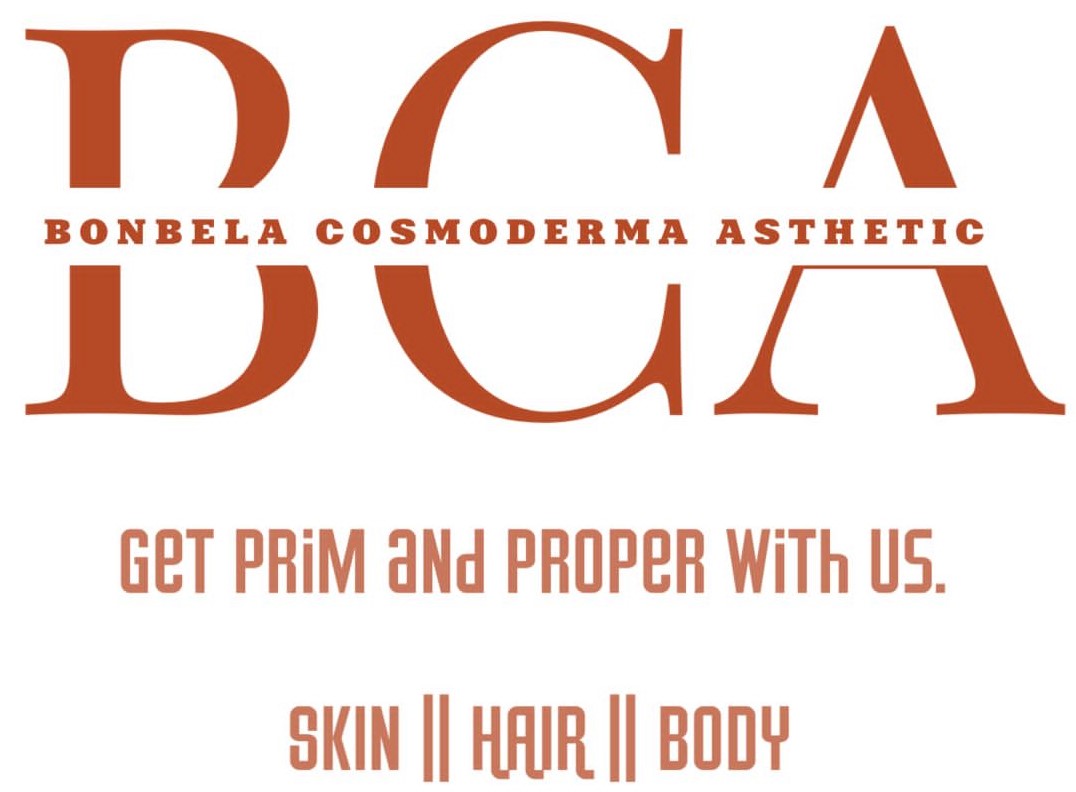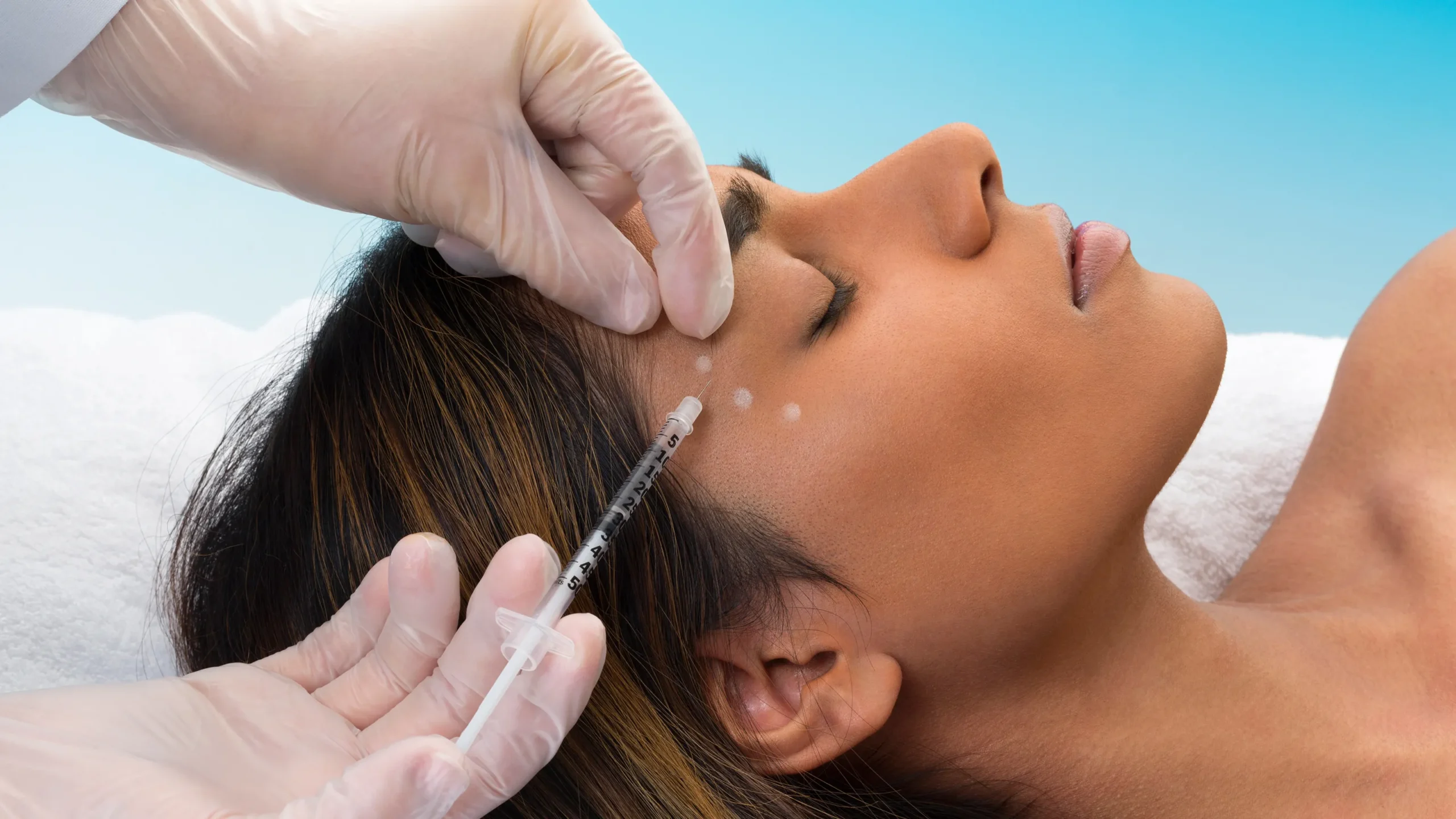Botox, or botulinum toxin, is a neurotoxin produced by the bacterium Clostridium botulinum. It is used for various medical and cosmetic purposes. In cosmetic dermatology, Botox injections are commonly used to reduce the appearance of facial wrinkles and fine lines. Here's how Botox works and its common uses:
How Botox Works:
Botox works by blocking nerve signals in the muscles where it is injected. The injected muscle can no longer contract, which causes the wrinkles and lines to relax and soften. Botox primarily targets dynamic wrinkles, which are wrinkles that form as a result of repetitive muscle movements, such as frowning or squinting.
Common Cosmetic Uses of Botox:
-
Frown Lines (Glabellar Lines): Botox is often used to reduce the appearance of vertical lines between the eyebrows, known as frown lines or glabellar lines.
-
Forehead Lines: Horizontal lines on the forehead caused by raising the eyebrows can be smoothed out with Botox injections.
-
Crow's Feet: The fine lines that form around the outer corners of the eyes, known as crow's feet, can be diminished with Botox.
-
Bunny Lines: These are the lines that appear on the nose when a person scrunches it. Botox can help relax these lines.
Other Medical Uses of Botox:
-
Medical Conditions: Botox is used to treat various medical conditions, such as chronic migraines, excessive sweating (hyperhidrosis), muscle spasms, and certain eye conditions like strabismus (crossed eyes) and blepharospasm (involuntary blinking).
-
Jaw Clenching and TMJ Disorders: Botox injections may be used to reduce jaw tension, alleviate symptoms of temporomandibular joint (TMJ) disorders, and decrease teeth grinding.
-
Overactive Bladder: Botox injections can be used to treat urinary incontinence by relaxing the bladder muscles.
Procedure and Duration:
Botox injections are a minimally invasive procedure performed in a doctor's office. The effects of Botox are temporary and typically last around 3 to 6 months. Repeat injections are necessary to maintain the results.
Risks and Considerations:
While Botox is considered safe when administered by trained professionals, there can be side effects, including temporary bruising, headache, and flu-like symptoms. It's crucial to seek treatment from a qualified healthcare professional to ensure safety and effectiveness.
Always consult with a healthcare provider or a licensed practitioner to discuss your specific needs, potential risks, and expected outcomes before undergoing any cosmetic or medical procedure involving Botox.



